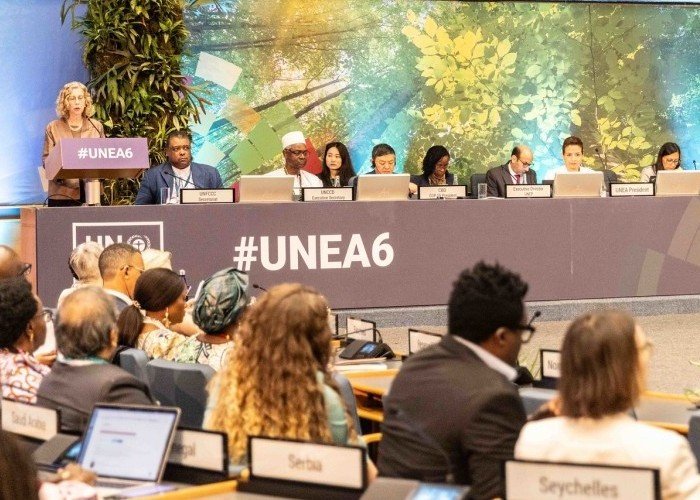In the climate red zone, the US and EU are considering urgent interventions
As published in The Hill
Brown skies over Europe and North America from Canadian wildfires and record “hot” North Atlantic seas are signs that we have reached a new level of climate risk — one that threatens the well-being of nearly everyone on Earth. Threats described in stark terms by the United Nations and by scientific and foreign affairs experts were underscored by global average surface temperatures briefly passing 1.5 degrees Celsius, a threshold for intensified danger, in early June.
In this context, both the European Union and the United States recently released official publications on the need for research on climate interventions with the potential to reduce global warming rapidly. This does not change imperatives and commitments for reducing emissions but is recognition from governments that evaluating options for improving climate safety is now too important to ignore.
The E.U. and U.S. publications both highlight the approach that scientists have identified as the most promising way to reduce substantial climate warming quickly, increasing the reflection of sunlight from clouds and particles in the atmosphere, or Solar Radiation Modification (SRM). SRM is based on a natural process that is also caused by particulates in pollution that act as a reflective shield. As renowned climate scientist Jim Hansen and others have called attention to recently, the climate could warm quickly as we clean up pollution and lose this shield.
In recent years, scientists have begun to research whether there might be cleaner, safer ways to produce the same effect. Such research is essential to determine whether SRM could improve climate safety for people and natural systems while the world transitions to a sustainable future. Earlier this year, more than 100 scientists from around the world signed an open letter calling for research on SRM.
Because greenhouse gases leave the atmosphere slowly, the climate is projected to continue to warm through 2050 in every scenario for emissions. The risks of this warming are shared by all of us but pose the greatest threat to the world’s most vulnerable people, including projected death, displacement and economic disruption for billions worldwide. This creates a moral imperative to research and assess, in an open and responsible way, promising options for reducing the most catastrophic impacts of climate change.
The E.U. and U.S. publications are the highest level acknowledgment yet by governments of the need for scientific research on SRM. They follow two landmark United Nations reports: The 2022 U.N. Scientific Assessment of Ozone Depletion, which characterized SRM as the only known method for constraining climate change to 1.5 degrees of global warming, and the 2023 U.N. Environment Program (UNEP) report “One Atmosphere,” which recommends an international scientific assessment process and global cooperation on SRM research.
The international significance of E.U. and U.S. engagement is profound. The U.S. and E.U. provide the majority of the world’s climate data and science. They support open international cooperation on climate research. They have the supercomputing, satellites and other advanced capabilities required for climate research. Research programs in the U.S. and E.U. could generate valuable open information for evaluation by stakeholders around the world, especially for countries facing the most devastating climate impacts.
Challengingly, the natural process underlying both SRM and pollution-based cooling — the influence of particles (aerosols) on the atmosphere and climate — is one of the greatest and most longstanding areas of uncertainty in climate science. Generating the information needed requires advances in fundamental climate science. And quickly. Unfortunately, unlike energy and other mitigation research, basic climate science research has been an area of declining investment (in real terms) for decades. Within that, atmospheric research and observation are even more neglected.
The U.S. and EU publications don’t specify funding levels, but, SilverLining, where I am the executive director, published a report with funding recommendations for U.S. research to provide a robust scientific assessment of near-term climate risk and SRM. An increase of $2.6 billion annually over five years ($13 billion in total) for U.S. research, commensurate funding in the EU, and support for research in developing countries could provide the resources needed for the world to evaluate climate intervention together. Making progress as government wheels begin to turn may require support from philanthropists.
For climate science, these are big investments. Compared to the cost of disasters or defense, they are small. Given their potential to reduce economic ruin, ecosystem devastation and human suffering, these investments may be among the highest return of any we can make.
Billowing smoke and hot seas remind us that we are now in the red zone of the most complex and consequential challenge humanity has ever faced. We need a concerted effort to responsibly research climate interventions so that the world can make effective decisions about them together. Nothing less than the safety of life on earth is at stake.




